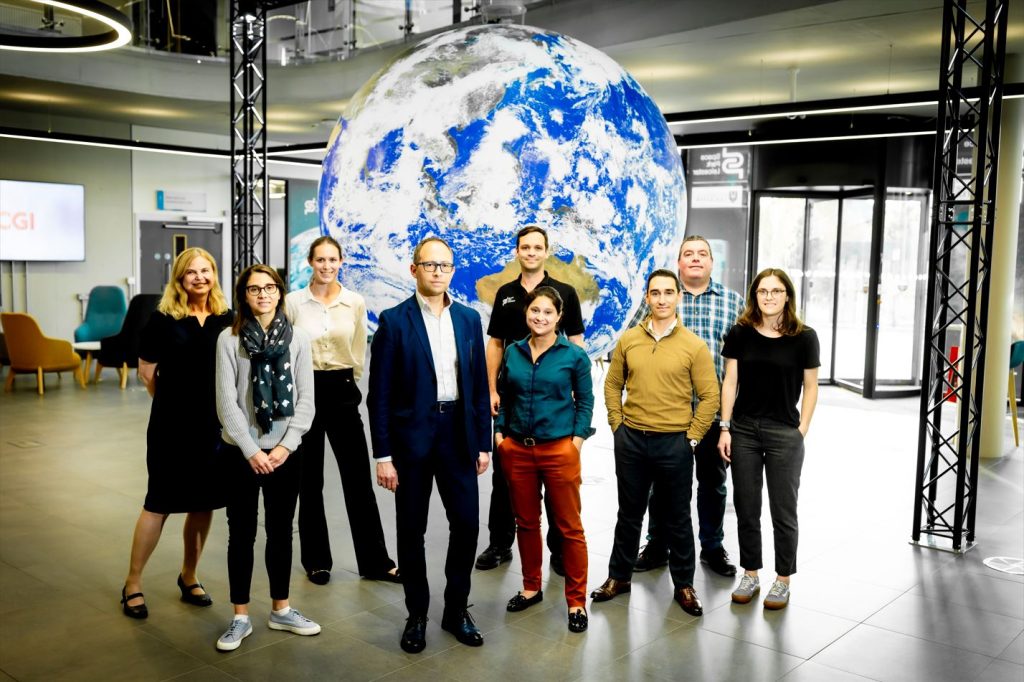Leicester engineers work on power systems for lunar rovers

A team of world-class engineers from Leicester are involved in an exciting new project to develop systems that will power unmanned lunar rovers working at the southernmost point on the Moon.
Experts from the University of Leicester and its £100 million science and innovation park Space Park Leicester are part of a consortium developing power systems for lunar rovers that combine solar panels, batteries and radioisotope thermoelectric generators.
The power systems will ensure the rovers can operate in the challenging conditions experienced at the Lunar South Pole. For example, vehicles working there need to cope with the demands of areas where the Sun never shines, so there is no solar energy, and other regions where the Sun never sets.
The experts from Leicester are working on the project with colleagues in Spain from the University of Oviedo and the Aerospace Technology Research Group belonging to the University of Vigo.
Space Park Leicester academic Dr Ramy Mesalam said: “The consortium is addressing some of the most challenging Space Power System requirements for exploring our Solar System.
“Future missions will need an intelligent power management system capable of handling a hybrid ecosystem with multiple energy sources from solar, chemical, and nuclear technologies.
“Enabled by radioisotope power technologies, the UK and Europe is transforming power systems for space exploration.”
A combination of the three energy sources is being used in the power systems because each source has its own advantages and disadvantages.
For example, radioisotope thermoelectric generators provide a source of constant but relatively low electrical power and responds slowly to changes in power demand.
Batteries provide a fast energy supply but must be recharged periodically and solar panels are the fastest energy sources, but they need sunlight to operate.
A solution that only used radioisotope thermoelectric generators would be relatively heavy, while one that only used solar panels would be unviable because of the lack of sunlight in certain regions of the Lunar South Pole.
The consortium’s tasks include sizing the various energy sources to meet demands while minimising mass and volume. It will also evaluate different architectures of the power system in order to minimise their losses.
The team from Leicester is the main developer of radioisotope thermoelectric generators in Europe and for this project it will provide simulation models compatible with those devised by the University of Oviedo.
It will also provide electrical models of the radioisotope thermoelectric generators with the aim of simulating their behaviour for integration with the prototype hardware that will be carried out at the University of Oviedo.
The €340,000 project, called power management conditioning for hybrid radioisotope solar power systems, has been funded by the European Space Agency and will last until September 2025.
- Find out more about the University of Leicester


